I ordered several LMC6482IN opamp without reading the datasheet details! I want to measure high side current with mA accuracy, for that I need the opamp output to go all the way to ground 0V. in the datasheet it says:
So basically if supply voltage is 5V having a rail-to-rail output should be "guaranteed" and powering opamp with higher than that means we get some voltage swing (up to 20mV), right? but the output doesn't go below ~9mV!
- Why opamp doesn't behave as datasheet "guaranteed"?
- How can I achieve 0V output with this opamp?
- If I connect opamp ground to -1V it would work?
